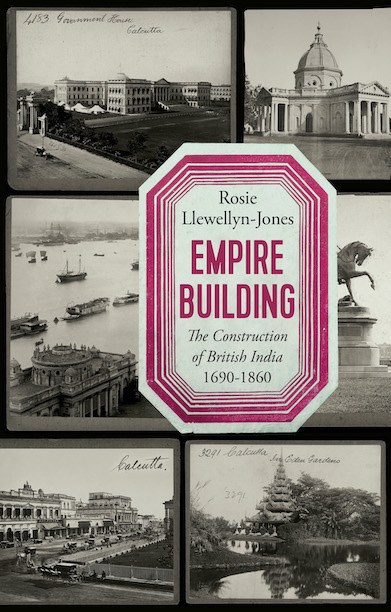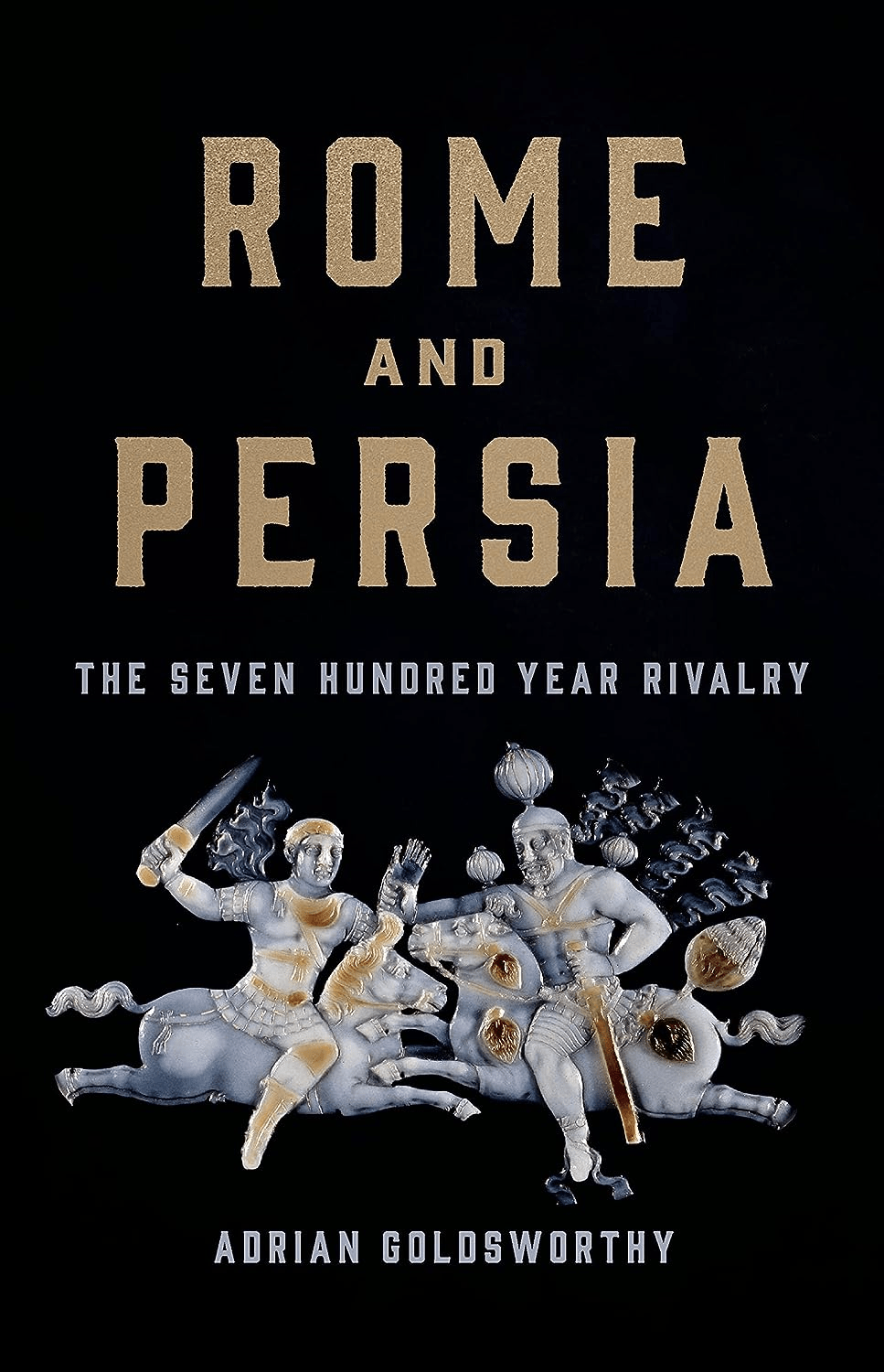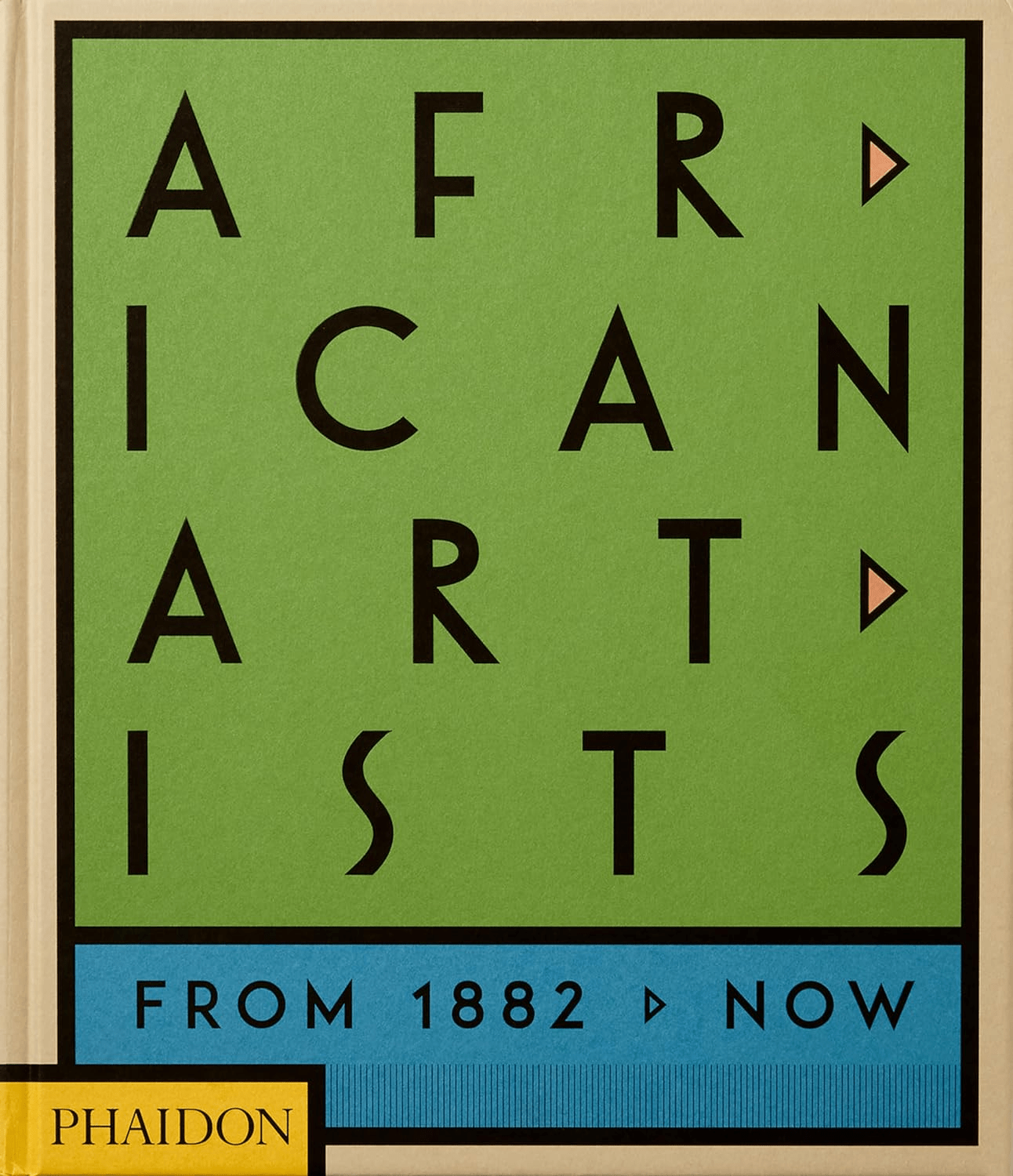
Dissolved Monopoly’s Legacy Hinges on How India Honors Its Political Architecture
Reviewed by Kyle Pakka
Empire Building: The Construction of British India, 1690–1860
Rosie Llewellyn-Jones. Hurst Publishers, 2023.
"For better or worse, modern India has been shaped by Britain, which has left numerous reminders of its rule. It is to India’s credit and often advantage that she has maintained and developed the institutions and infrastructure put in place by a small group of foreign merchants who arrived on her shores four centuries ago."
From the first fortified trading post on the Hooghly River, founded in 1690 in what became Calcutta, present-day Kolkata, in northeastern India, historian Rosie Llewellyn-Jones tracks the physical changes wrought by the English East India Company (EIC)—roads, railways and municipal buildings—up to 1860 when the company dissolved. As the title makes clear, the book focuses on infrastructure, especially of the Bengal Presidency, an administrative province that later included northern India up to the Khyber Pass. EIC agents first began ingratiating themselves to the hierarchy established by Aurangzeb, the last great emperor of India’s Timurid dynasty. But when the sultanate fragmented after his death in 1707, the company grew more assertive. By 1764 the British captured Bengal after having bested local armies at the fortified town of Buxar, in present-day Bihar. The resulting Treaty of Allahabad a year later yielded Company, and ultimately British government, rule over India. Over time, the EIC evolved from employing merchants to soldiers to administrators, and their buildings mirrored changing European social movements. The Enlightenment of the 18th-century prompted projects such as colleges, hospitals and libraries. In the book Llewellyn-Jones moves the reader briskly through this period, enlivening the narrative with portraits of the leading players in the drama that unfolded between the fall of the sultanate and the rise of modern India.
You may also be interested in...

In War and Peace, Book Explores How Rome and Persia Remained Frenemies
Book Review: In his latest scholarly work, Roman historian Adrian Goldsworthy reduces Persian and Roman longevity to simply an ever-evolving coexistence.
A Century of African Art, in 300 Voices, All in One Book
From Cairo to Khartoum to Casablanca, this volume traces how African artists have shaped—and reshaped—modern art over the past century.